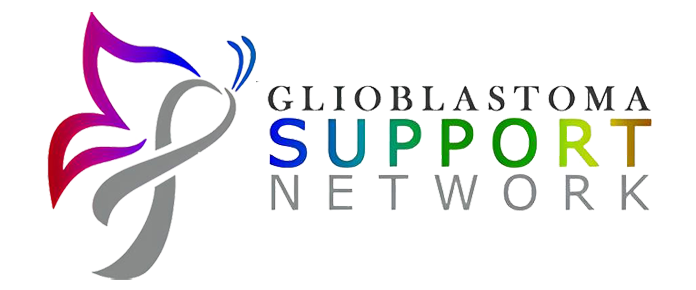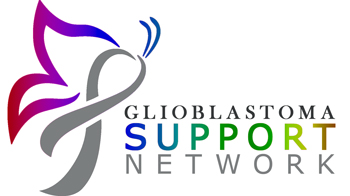Symptoms & Diagnosis (DX)
Your online resource for Healthcare partners and caregivers about Symptoms & Diagnosis of Glioblastoma.
Learn to recognize the symptoms of GBM. There is currently no single test that can diagnose GBM. The medical history, neurological exam, lab tests, imaging tests, and biopsies. This helps physicians rule out other diseases and confirms the GBM diagnosis.
Symptoms
While there are many types of symptoms to Glioblastoma and Astrocytoma (a lower grade of Glioblastoma), below is a list. These symptoms can and will depend on the location of the tumor. Below is a list of common signs:
- Headache
- Nausea or vomiting
- Dizziness or vertigo
- Confusion or decline in brain function, trouble thinking, gradual loss of fine motor skills
- Memory loss
- Personality changes or irritability, mood changes
- Difficulty with balance
- Urinary incontinence
- Vision problems such as blurred vision, double vision or loss of peripheral vision
- Speech difficulties, trouble speaking, making complete sentences
- Seizures, especially in someone without a history
- Weakness on one side of the body
Diagnosis
Diagnosis of Glioblastoma Multiform and brain tumors is done is done by utilizing MRI’s, CAT Scans, blood test, lumbar puncture and a biopsy of the growth. Doctors may use a neurological exam to diagnose low grade gliomas.
- Functional MRI: Maps brain activity by valuating the structures of the brain and detecting changes in blood flow
- Perfusion MRI: Identifies parts of the brain with less blood flow, a potential sign of a tumor blocking the path
- Tractography: Visualizes white matter tracts which carry electric signals and sensory information for the central nervous system. These images are uploaded to a neurosurgical navigation system in the operating room to guide the surgeon around critical pathways as the tumor is removed.
- CT Scan to diagnose astrocytomas – some people cannot have an MRI because the magnet interfere with implanted medical devices such as pacemakers etc. CT scans take multiple x-rays and provide doctors with another way to see structures in the brain.
- Biopsy – A biopsy removes cells (not the tumor) from the tumor. Doctors can confirm the sample is cancerous based on the information and pathology which can also determine how aggressive.
Terminology
Your online resource for important definitions and acronyms
Treatments
There are limited treatment options for Glioblastoma Multiform these treatments can include the following: Craniotomy, Chemotherapy, Radiation and Optune.


